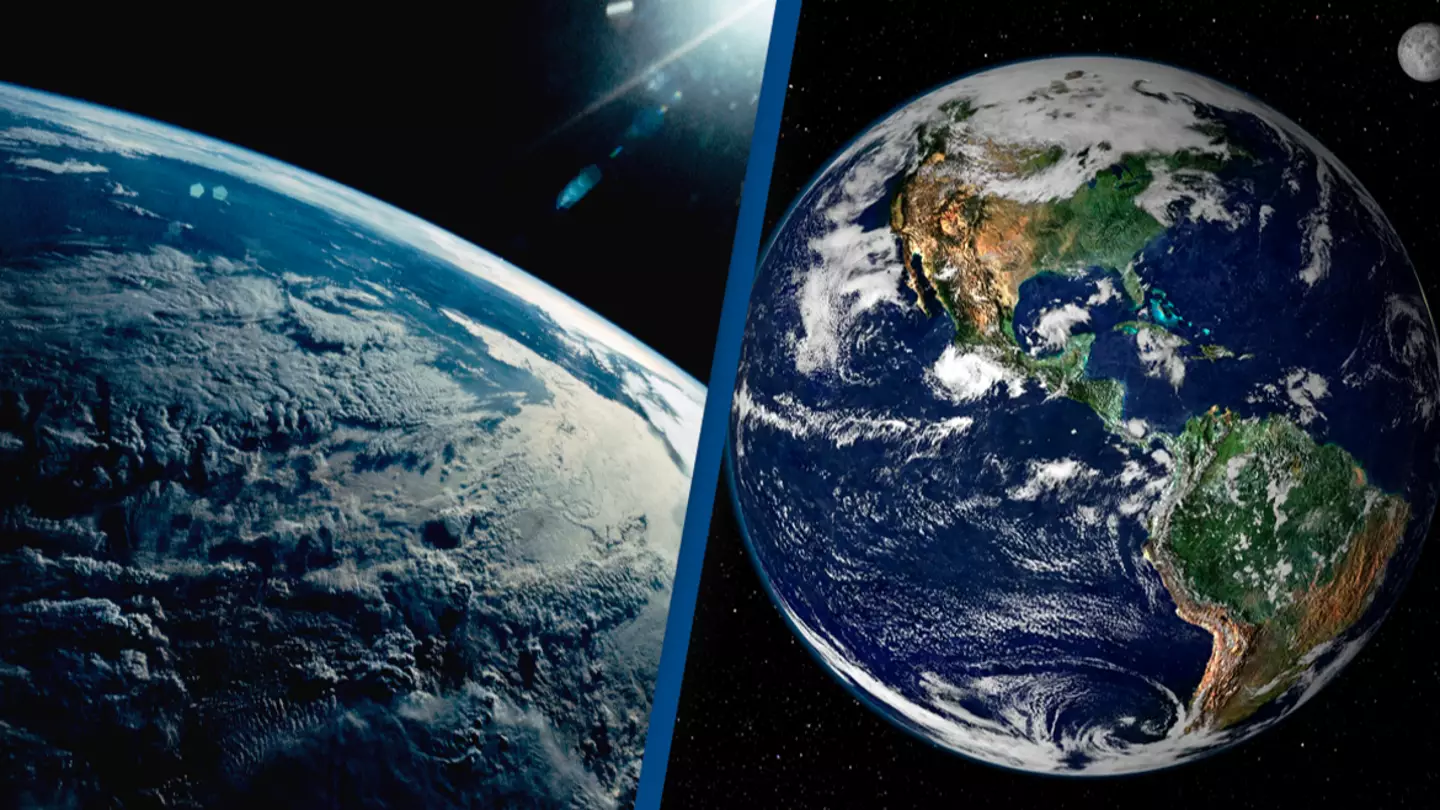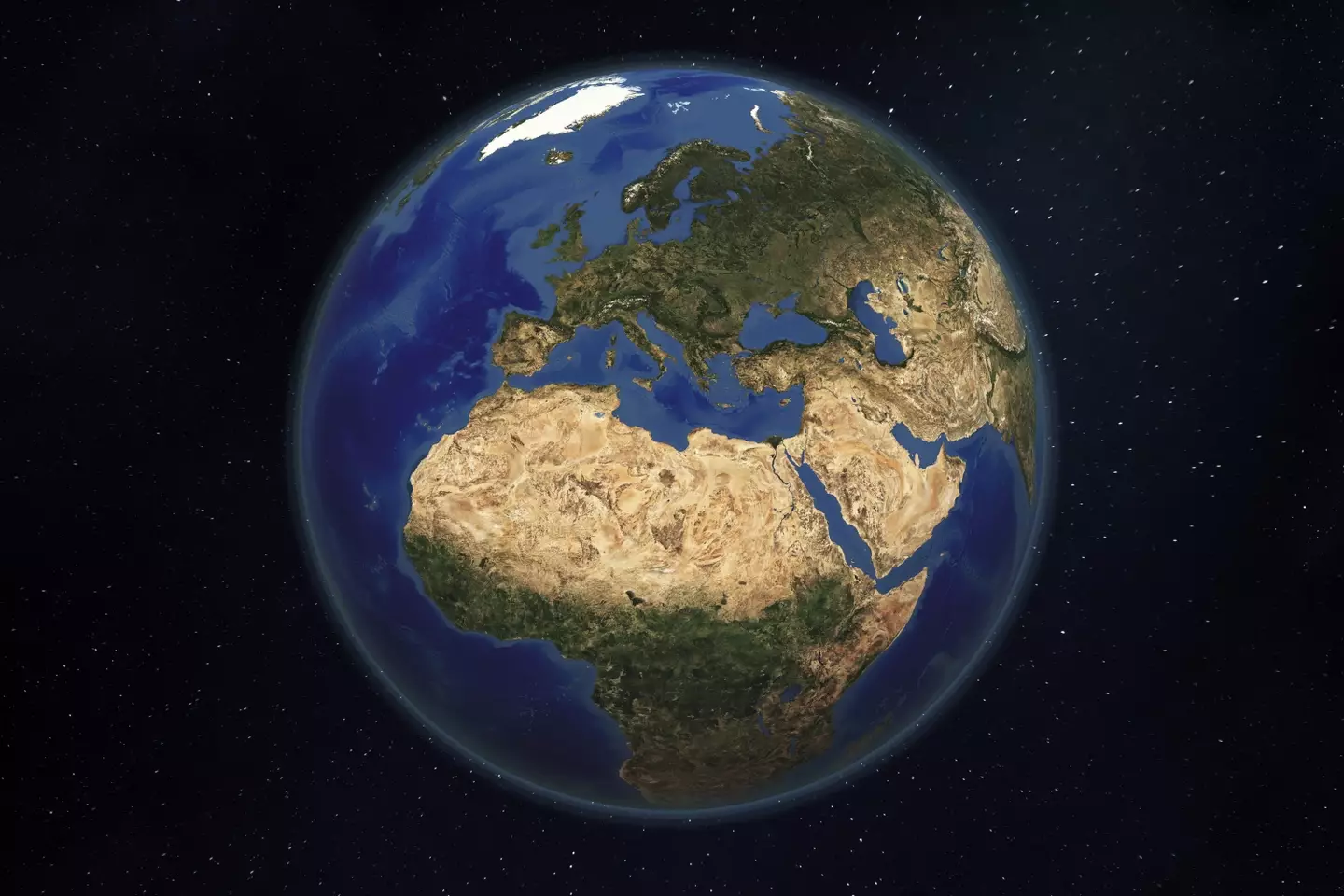
Scientists have shared concerns about the fact the Earth is changing color - even if it looks good on the surface.
We take a lot of cues from color. We typically associate red with stopping; with danger, heat and warnings.
Green, on the other hand, usually indicates that things are all good. You've hit the goal, you're good to proceed; everything is lush and fresh.
So if I told you the Earth was becoming more green, it would be positive news, right? Well, it might be in some ways. But not in others.
Advert
Though the Earth's temperature continues to rise, recent scientific studies based on satellite data have shown that the amount of green vegetation - aka, leaves - has actually increased across the planet.
More vegetation is appearing on land as well as in the ocean, with more plants able to consume more CO2 and consequently help offset some of the impacts of climate change.
However, so-called 'global greening' isn't all sunshine and butterflies.
While vegetation has increased, this doesn't necessarily mean forests and other ecosystems are regrowing. Instead, it points to how humans are altering the face of the Earth as a whole.

In 2019, a study published in the journal Nature reported that the Earth had increased its green leaf area by 5 percent in two decades.
Advert
One reason for the increased vegetation is down to all the CO2 we're pumping out both as humans and through processes like burning fossil fuels. NASA has reported that over the last two centuries, the CO2 content in the air has increased by approximately 50 percent.
Since plants consume CO2, the amount in the atmosphere is helping vegetation grow.
Another reason Earth is becoming more green is, simply, because we're growing more plants, with the 2019 study finding that farming and tree planting has driven global greening.
However, while we know why the land is getting more green, it's not clear why the sea is getting greener.
Advert
It's thought the color change is either down to an increase in a plant-like organism called phytoplankton, which also consume CO2, or that the phytoplankton itself has become more green.

However, which answer is true remains unclear, and matters because it determines how much carbon the oceans can absorb. NASA is hoping to find out more through the launch of a new satellite.
Further concerns about the color of the Earth come from the fact that satellite images don't distinguish between different types of vegetation, like the rainforest or crop cultivation.
Advert
Where one is home to lush plants and wild animals, the other is devoid of life and biodiversity. Farms may look green from above, but require the use of tons of water and chemicals, as well as carbon emissions released in the creation of nitrogen fertilizer and other chemicals.
Discussing the lack of differentiation, Robin Chazdon, a tropical ecologist and part-time scientist at the environmental group World Resources Institute, told Vox: “It’s glossing over the reality of what’s actually happened."
So, while our planet might look green and healthy from above, the truth isn't as nice to look at.
Topics: Environment, Science, NASA